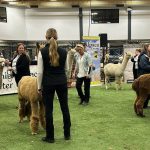
Tag Archives Zoology
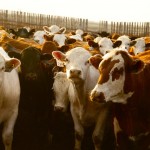
Beef industry travelling to a different drummer this year
After an extraordinary year in which all animal industry saw higher prices, beef stands alone in the continuation of lower production

Beef 911: How can you improve your calf processing?
There are always ways to improve and it’s worthwhile reviewing how things went this year

Why do some songbirds warm eggs longer than others?
Birds with a short lifespan put more effort into incubating their young
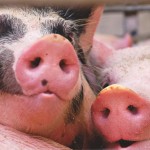
Changes to satisfy hog enrichment don’t have to be expensive
Hog producers are looking at ways of meeting new animal care requirements as they come into effect
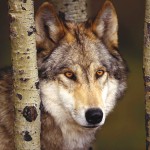
Shooting wolves backfires on livestock
Lethal control leads to more dead sheep and cattle
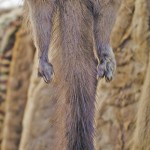
Mink ranchers get reprieve from depressed market
The federal government has extended the deadline for repaying cash advances

Caring for horses eases symptoms of dementia
Visiting a horse farm was a drug-free alternative that improved moods, behaviour and physical activity levels

Understanding factors affecting sow longevity
A speaker at the Banff Port Seminar analyzes the differences between two farms with different average longevities

Menopausal rats could prove solution to rodent problem
The invention has proven it can successfully reduce rodent populations, but a cash injection is needed to scale it up
An Arizona-based company has developed a rat-control product that could spell the end of the adage, if you have one rat, there are probably more. “I call it rat-o-pause,” SenesTech CEO Loretta Mayer told a crowd at the annual Agri Innovation Forum in Winnipeg last month, explaining the compound her company has developed essentially causes

